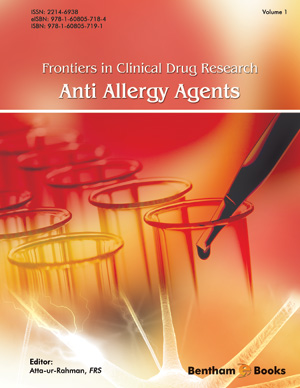Abstract
Regular physical activity is recommended for all individuals, but allergic athletes face special challenges managing their diseases while practicing sports. Exercise-induced hypersensitivity disorders are significant problems for both recreational and competitive athletes, occurring with higher prevalence than in the general population. Asthma is the most common chronic condition among athletes.
Athlete’s allergic diseases often perplex, frustrate and distress both patients and their physicians. Their treatment frequently poses several issues. In the specific case of asthma, multiple phenotypes exhibiting differences in response to treatment exist, which creates additional difficulties when managing these patients.
Optimal allergic diseases management aims to control both symptoms and inflammation, but when choosing treatment for a specific athletic population compared with the common allergic patient, some additional factors should be taken into account. For the top athlete it is important not only to control symptoms of allergy and prevent its progression, but it becomes equally imperative to reduce the impact upon sports performance, often practiced under extraordinary circumstances. Therefore, the possibility of side effects of the prescribed treatments should also be carefully considered, in a way to allow full participation in physical activity and sports.
Commonly used drugs include antihistamines, corticosteroids or β2-agonists. Oral H1- antihistamines are one of the first-line therapeutic options for allergic rhinitis, however they might affect vigilance and reaction time in athletes. Antileukotrienes efficacy has been questioned in athletes and inhaled corticosteroids are only partially effective. Also, some potential adverse events with the use of inhaled β2-agonists agents have been pointed out, and health care providers should be aware of these concerns. Moreover, as mechanisms and triggers of hypersensitivity disorders can be different in athletes compared to general population, and even vary between athletes practicing different sports, these patients should be managed sometimes in a singular and different way. On the other hand, a careful consideration of available therapies is required in order to comply with World Anti-Doping Agency regulations. Certain medications for athletes with asthma and rhinitis who participate in regulated competitions are not allowed, and as these guidelines often change, sometimes annually, the physician caring for subjects who are active in sports needs regular update.
The aim of this chapter is to increase physicians’ awareness of special treatment needs for such a prevalent heath problem among athletes, to demystify this issue and improve doctor’s confidence on prescribing anti-allergy agents to sports practicing patients.
Keywords: Anaphylaxis, antihistamines, antileukotrienes, asthma, allergy, beta-2 agonists, corticosteroids, exercise, immunotherapy, rhinitis, sports, urticaria, antiallergy agents, doping, drugs, athletes.






















